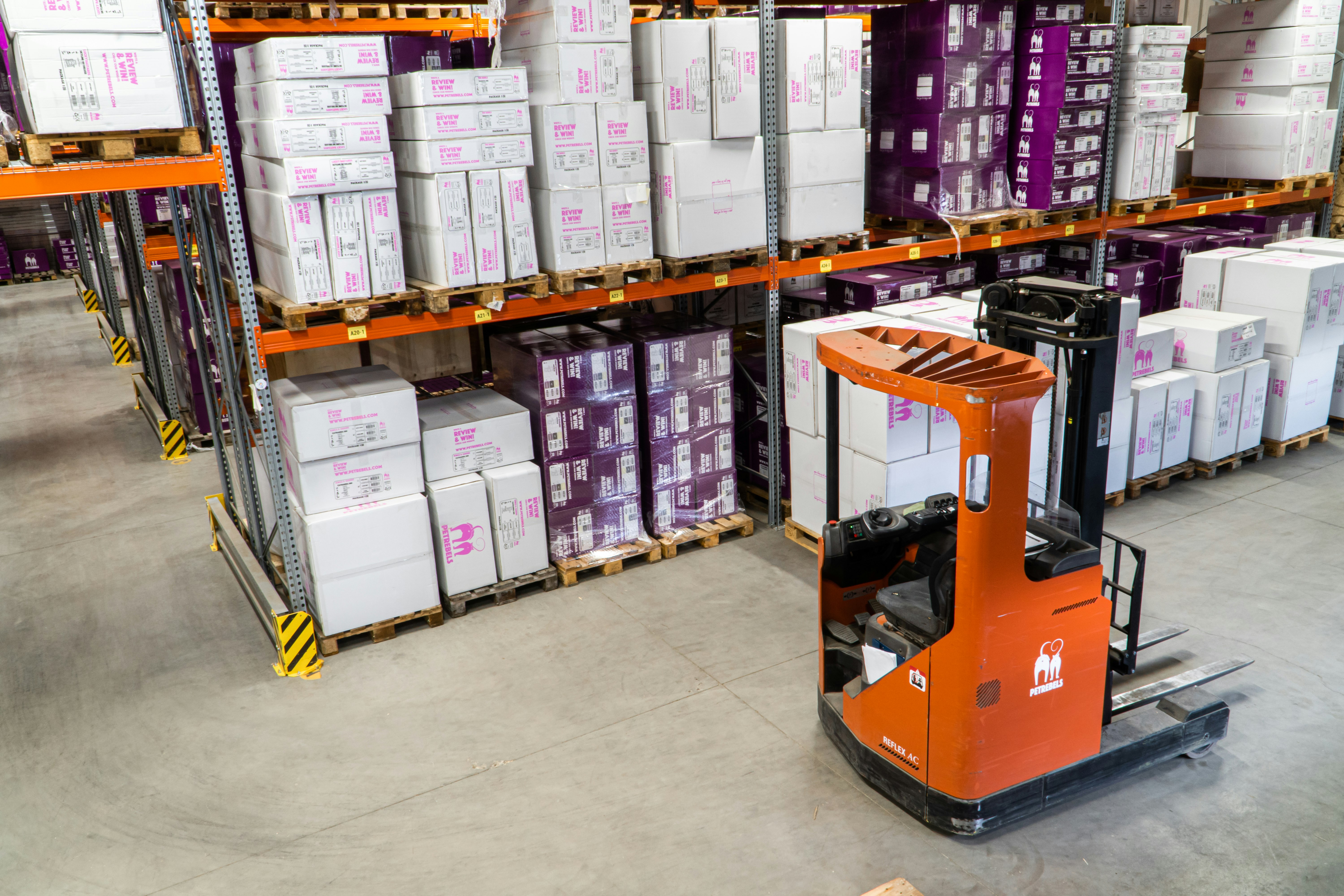In short, the problems arise because either one or both parties are not keeping up their end of the agreement. These disagreements typically show up from the buyers' side as compliance violation charges to the suppliers when conditions of the sale have somehow been violated. Of course those only appear as issues on the supplier's side because the buyer is the one with the checkbook. That's not to say that the buyer is never at fault. Certainly there are issues on both sides of every relationship. But the compliance violation charges that appear as reductions to the payments made by buyers are the ones that are most obvious and costly... to both sides.
There are somewhere between $7 and $8 billion in compliance violation charges (from all U.S. retail) every year that are assessed by buyers against their suppliers. That's a big number. And when that raw number is combined with the thousands of people who are tasked with reconciling, rebutting, and finally adjusting the numbers, the effect on the cost of wholesale - and eventually retail - goods begins to have very real consequences.
To make these charges balloon to the size they are, it's logical to assume there must be a tremendous number of reasons for them. I asked Kim Zablocky, founder of RVCF about a survey his organization conducted on just this topic. The top 5 reasons for compliance violation charges make up about 90% of the issues. And they boil down to some simple issues.
- ASN - order does not match
- Label issues - usually wrong or damaged
- PO violations
- Price errors
- Short shipments
Certainly there are plenty of ways things can go wrong in each of these issues, and some of them involve complex details and difficult timing. But the fact is that there are technologies and systems available to handle the issues. The buyers are able to identify the problems (otherwise they would not be able to assess compliance violations) so they must have some methodologies for checking their inbound orders. It would seem the suppliers could apply the same kinds of tests and safeguards on their outbound shipments and documents so as to avoid the mistakes.
I can't tell how much pain is suffered by which suppliers, but with $7 billion at stake it seems that implementing a fix would be much less expensive and time consuming - not to mention making for a better relationship - than simply putting up with the problem and paying the bill.




















 The supply chain is pretty simple. There are two parties; the buyer and the seller. In that way it's like any business transaction. Both parties have something they need and agree on the terms under which they will transact business. Why then does the relationship between vendors and purchasers go wrong so frequently?
The supply chain is pretty simple. There are two parties; the buyer and the seller. In that way it's like any business transaction. Both parties have something they need and agree on the terms under which they will transact business. Why then does the relationship between vendors and purchasers go wrong so frequently?